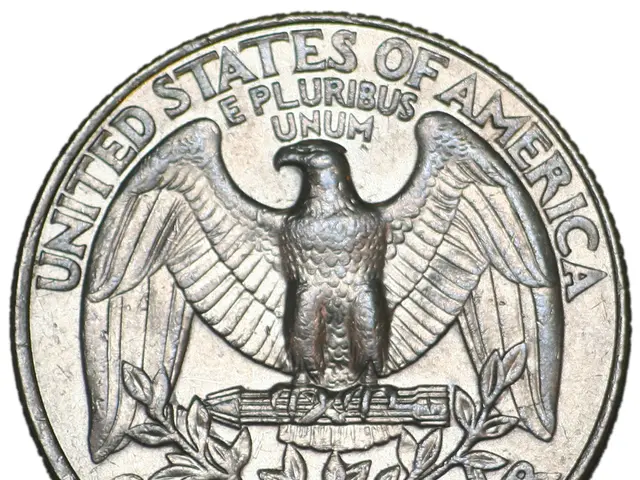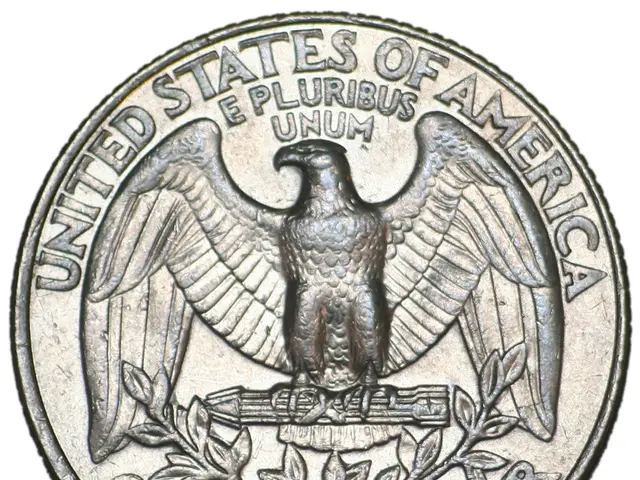First Step in Brand Naming: Surface-Level Evaluation for Trademark Protection
When selecting a brand name, the initial step is a surface-level evaluation. This phase involves asking basic questions to eliminate unsuitable candidates. It focuses on whether the name, at first glance, could qualify for trademark protection.
During this stage, queries centre around whether the name is too generic or descriptive. It also checks if the name misrepresents the product or service, or if it plays on or parodies another well-known brand. Additionally, it assesses if the name includes a geographic location that could tie the company to a specific place or create an incorrect affiliation. Using someone else's name or public persona without permission is also scrutinised.
If any of these questions yield a 'yes' or 'maybe' answer, consulting a trademark attorney is advised before proceeding. Once these surface-level questions are addressed, the process moves to the deep evaluation phase. Here, legal considerations include conducting a thorough trademark search to avoid conflicts with existing marks. Ensuring the name has distinctiveness and does not fall under absolute grounds for refusal, such as lacking clarity or descriptiveness, or violating public order, is crucial. Checking for relative grounds of refusal related to similarity with older trademarks to avoid infringement and opposition within the three-month publication period is also vital.
The surface-level evaluation is the first sub-phase in choosing a brand name, with the deep-dive evaluation following. This initial phase helps eliminate unsuitable names and ensures the chosen name has a strong foundation for trademark protection.





